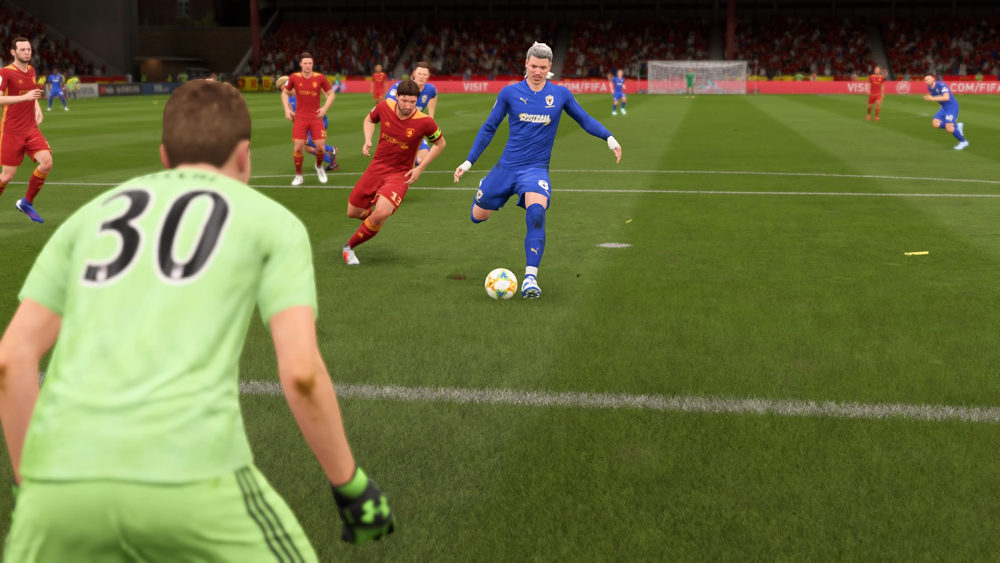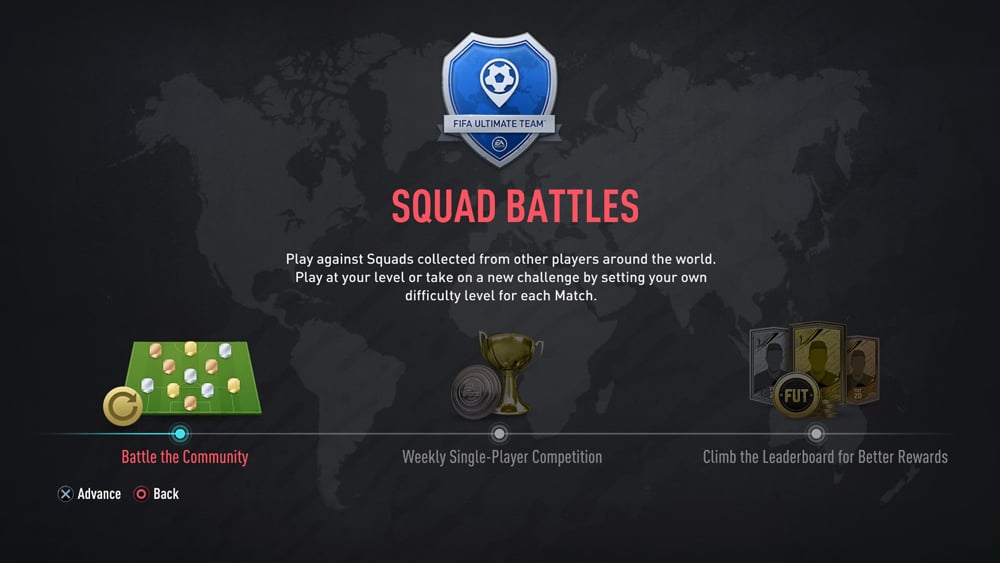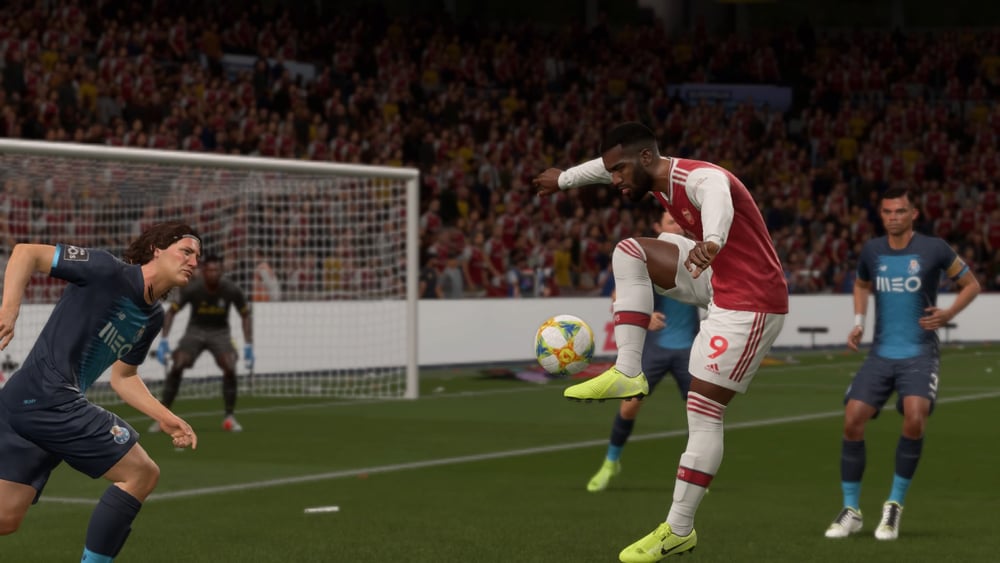When it comes to soccer games, FIFA is king.
While Pro Evolution Soccer has long been talked up as a contender for the moniker of top soccer simulation, the days of anything approaching true competition in the field have come and gone.
FIFA is in charge, and the good news for fans of the sport is that EA does not seem content to rest on their laurels when it comes to the pitch. While not every new implementation in FIFA 20 lands correctly, EA’s commitment to keeping things fresh is more than evident.
If It Ain’t Broke Now…

The heart of any sports simulation is its ability to accurately represent real gameplay. The best set decoration and suite of specialty modes are all for nothing if things don’t work after the whistle blows.
To that end, a game series like FIFA presents developers with a difficult challenge. When existing standards are high, every change carries more expectation — and has a greater chance of failing.
While it’s hard to truly grasp what does and doesn’t work with the engine before it’s been through millions of real-world simulations, the early signs are that EA did some fine work 20.
The most notable changes focus on how players behave without the ball, both offensively and defensively.
On defense, EA set out to put eradicate a dastardly defensive tactic: letting the computer handle certain parts of play. In prior years, it was often easier for some to let the AI handle tackling and regaining possession.
Or so I’ve heard.
In FIFA 20, this tactic has been nerfed by an increased emphasis on manual defending and properly-timed tackles. This puts the onus back on the actual humans playing the game and requires they step up and make more plays than in some recent iterations of the game.
Not all the changes make for less competent computer teammates and the need to go it alone, however. On the other side of the ball, your teammates have never felt more capable.
FIFA 20 has dialed back its speed, and the slower play feels more realistic, bringing effective changes to the offensive AI. Teammates are now more capable of reading the game and dropping into space while waiting for the right moment to run through a gap and latch onto a pass.
Overall, the changes to the engine seem to be significantly better by all early indications. After a year in which many fans felt the series took a step back, FIFA 20 feels like a leap forward to its best version.
FUT Remains King

The online fantasy team builder FIFA Ultimate Team has been the game’s showpiece mode for years, and fans of the mode will have little reason for complaints this year (sans the ever-present loot boxes that have plagued sports games ad infinitum).
If you’re new to FIFA, FUT is an online mode where players build teams from real-life leagues. Players are represented as cards, gained by buying or earning packs, or from direct purchases on the game’s market.
Teams gain bonuses for having high chemistry, earned by placing players from the same nation, league, or team near each other on the pitch, as well as placing players in their natural positions. The higher your chemistry, the more bonuses it brings to your team’s overall performance.
In FIFA 20, there are many ways to play online, from one-off matches to seasons, as well as offline options. With Squad Battles, you can take on squads from real, player-built squads under AI control, which gives you a taste of PvP matchups without having to face off with a stranger.
The largest drawback remains the mode’s inherent pay to win structure, with the game never shying away from the fact that it encourages you to invest in more packs with real-world money.
The good news is there is nothing forcing your hand, and the game seems to be somewhat more generous with pack access this time around.
In addition to a starter boost of 1,000 coins per game for five games, I received bonus packs for having played FUT on FIFA 19. While my starting team was far from a world-beater, just the ability to jump in and take control of competent players instead of soldiering on with a bunch of League Two strugglers made the mode significantly more inviting.
At the end of the day, FUT is largely more of the same, though when a mode is already an international juggernaut, there’s not much need room for drastic change.
Volta Fails to Jolt the System

Perhaps the most indicting criticism I can make for Volta is, upon finding it unenjoyable, I very much wanted to make a Volta is Revolting pun for this section heading. But even that wasn’t quite true.
A bad game mode is certainly not a positive, but it at least shows an effort to really push things where they simply failed.
In almost every way, I found Volta to be something worse than bad: I found it boring.
The appeal of streetballers is their propensity for flashy skills and tricks, which see them doing things with the ball you never would have imagined possible. The game is all about crowd-pleasing excitement.
Volta, on the other hand, usually just feels like smaller FIFA.
On a cosmetic level, the game dials up the showmanship with each touch, but all too often, it’s more window dressing than real change. Before long, I discovered the best way to score is to rely on the basics. Pass it around, draw opponents out, and hit a backdoor ball to a forward to tuck home.
Sure, there are fewer players to draw, and the goal is a tiny thing with no keeper, but it doesn’t change that the most success I had in Volta came from using tried and true tactics from the traditional mode.
While I like the idea of a more realistic approach to streetball than prior arcade-style games, I came away feeling like EA took the approach too far. Volta doesn’t do enough to make the game feel unique or worth my time.
And its story mode isn’t much better.
While not all fans loved The Journey, sacrificing it for Volta’s story mode was a clear net-loss, if for no other reason than it is utterly dreadful. The characters are poorly realized, and the plot fails to stand out in the slightest.
Pros:
- Changes to the gameplay engine have created the most realistic and enjoyable soccer game ever
- FIFA Ultimate Team is an engrossing way to play, and the joy of slotting a new star into your lineup and taking him to the pitch for the first time is hard to beat
- Be a Pro and Be a Manager campaign modes remain the same enjoyable fun for anyone looking to take their favorite team to the title
Cons:
- Volta is an uninspiring letdown from a mode which showed so much promise at launch
- Loot boxes will see you squared up with overpowered opposition from time to time in online play
- The same criticisms from the FIFA 19 Women’s World Cup add-on remain, with an inability to actually build a full 24-team tournament
The question of whether or not FIFA 20 deserves a spot in your collection ultimately comes down to the same qualifiers most sports game run into.
If you’re new to the series or haven’t updated in several years, then it is certainly worth your money. Similarly, if you’re happy seeing your annual purchase as a subscription fee to take part in online play, there’s nothing here to hinder your fun.
If you purchased FIFA 19 for its offline modes, however, it’s a trickier call. Even if the gameplay is tighter this year, you’re safe to wait until 21, which will hopefully have a better, stronger Volta mode.








Published: Sep 24, 2019 09:15 am